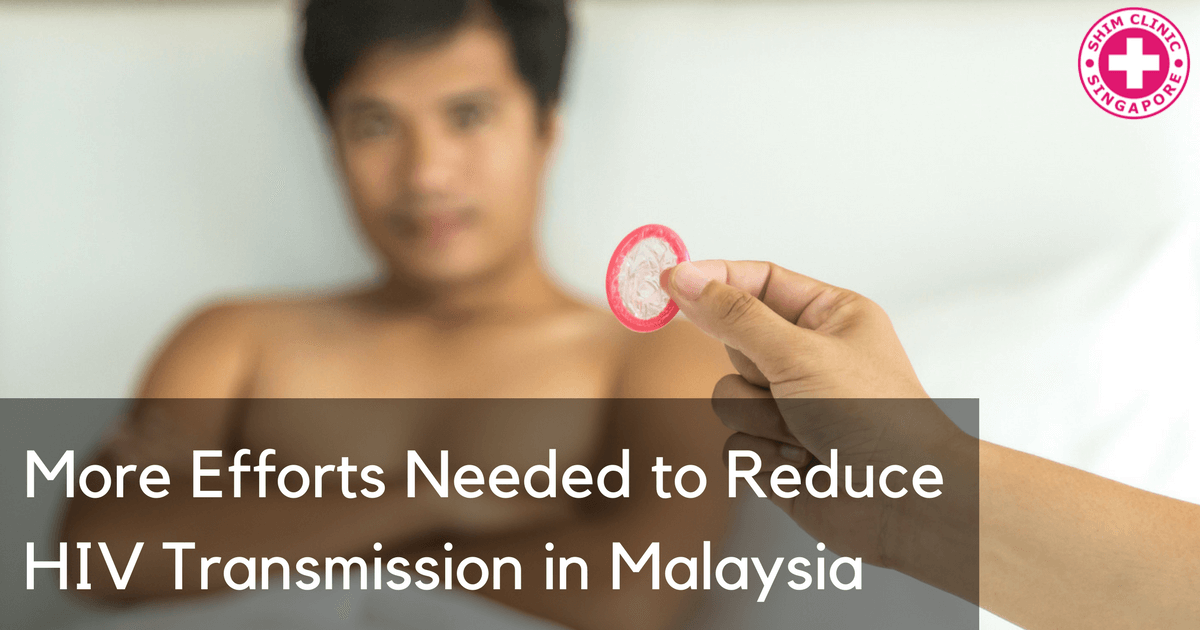HIV transmission via drug use in Malaysia has significantly reduced. On the other hand, HIV transmission is on the rise due to unprotected and random sexual activity. The drop in the transmission of HIV through the use of drugs is due to the Health Ministry’s Harm Reduction programme in the country.
Harm Reduction Programme
Since the programme started in 2006, HIV transmission through injection drug users dropped from 74% in 2002 to 16% in 2015. In collaboration with the Malaysian AIDS Council and other NGOs, the ministry reached out to those who used drugs as well as those who were HIV positive so that they would receive treatment.
The programme began at the Kuala Sungai Bare Health Clinic in Malacca and its success at the clinic led to the expansion of the programme in 12 other health clinics across the country. For the programme to be more effective, one of the directors of the programme called out to NGOs to join them in the initiative.
NGOs Play a Vital Role as Outreach Workers
The NGOs would play a vital role as outreach workers to be the connection between the drug users and the health clinics. Additionally, the NGOs would help achieve the target of reducing new HIV cases by 90% in 2030.
But perhaps the focus on HIV transmission among people who use injection drugs is the reason behind the increase in transmission of the infection through sexual contact. HIV is transmitted through various ways among them, sharing needles with HIV positive people, exchange of body fluids, mother to child transmission among others.
It is unfair for the Malaysian government to only focus on one group forgetting all others. Additionally, even in the population of people who contract HIV through sexual contact, there are different groupings such as married couples, gay and bisexual men and commercial sex workers. There cannot be a one size fits all technique to deal with cases of HIV amongst all these groups.
More Groups Need to Be Targeted
It is important for the Malaysian government alongside other agencies involved to conduct research on all the different target groups, how HIV is spread among them as well as the information they have on the virus. The findings from the research should help them find better methods of reaching out to the different groups mentioned.
Additionally, advances in HIV have made it possible for the creation of drugs such as HIV PrEP and HIV PEP to help in the fight against HIV. Pre-exposure prophylaxis (PrEP) is given to people who are at a high risk of contracting HIV on a daily basis in order to prevent them from getting it.
Post-exposure prophylaxis (PEP) is given to people who suspect that they may have contracted the infection and is given 8 hours after the suspicion for it to be effective. The government may research the effects of these drugs and carry out trials in their country to find out its success rates. This will make it easy for them to achieve their target of reducing HIV cases to 90% by 2030.
In conclusion, a combination of preventive measures will make the load lighter on the fight against HIV. This includes providing better HIV testing, providing information on the disease to specific groups and how it affects them as well as the use of condoms and PrEP and PEP. All of these should be considered for all groups, not just for HIV transmission cases among people who use drug injection drugs.

